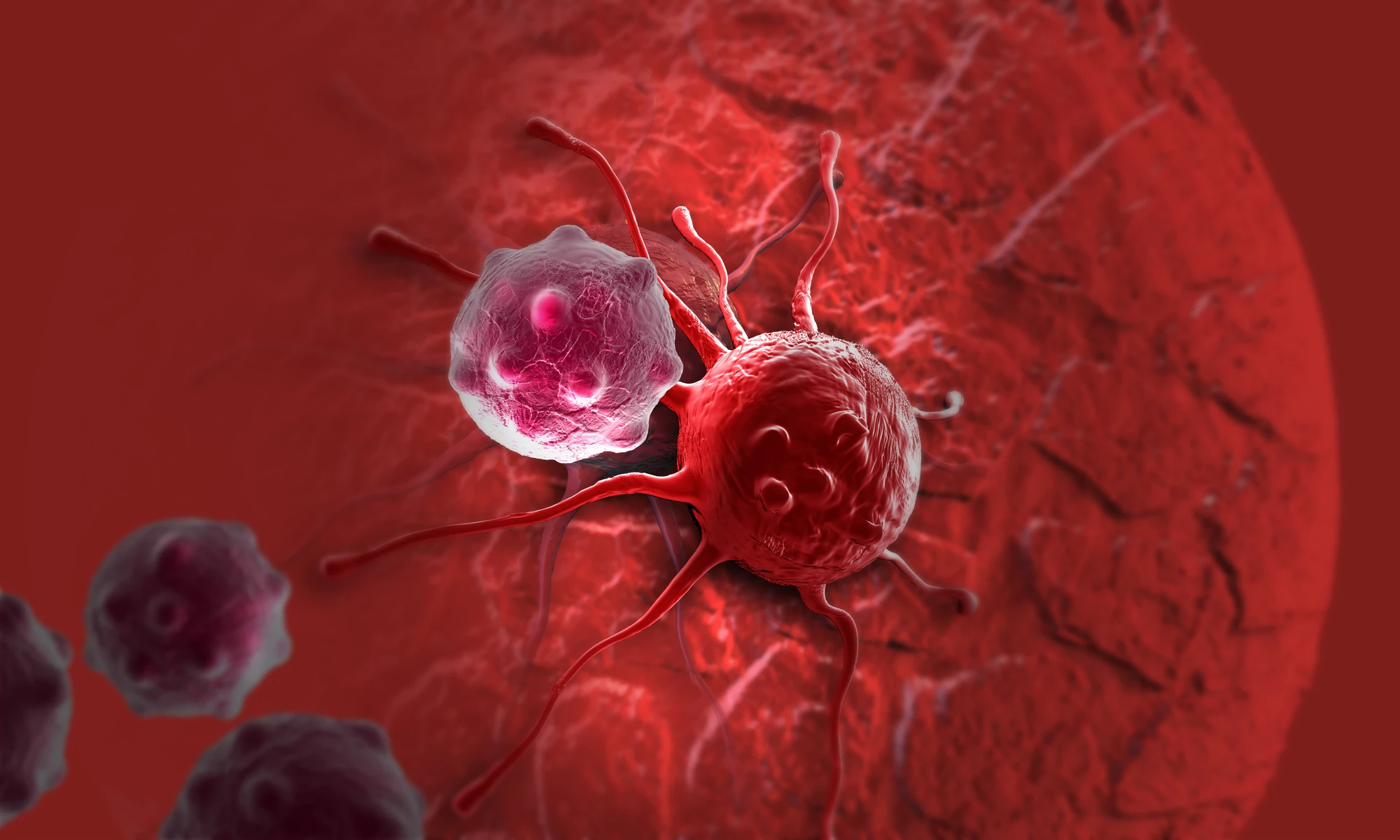As key players in the body’s immune defense, T cells have the ability to track down and attack cancer cells, but can have trouble seeking out those that are not already inflamed. A new immunotherapy deliver system could make these natural killer cells far more effective by strategically inflaming so-called cold tumors so T cells can detect and destroy them with much greater efficiency.
The new technique was developed by scientists at the University of Chicago and falls under an arm of cancer treatment known as immunotherapy. This involves supercharging the body’s immune system in different ways so that it can better fight off cancer, and one of the ways it can do this is through what are known as checkpoint inhibitors.
While T cells are capable of attacking cancer cells on their own, often proteins referred to as checkpoints stand in their way. Checkpoint inhibitors are drugs that neutralize those proteins, enabling the T cells to hunt down and kill cancer cells.
But for this approach to work, the tumors must be inflamed and “hot” so that the immune system can detect them. For many types of cancer, including breast, ovarian, prostate and pancreatic cancers, the resulting tumors are “cold,” meaning they don't trigger an immune response and continue causing harm to the body.
One way that these cold tumors could be turned into hot ones is with the help of a protein called interleukin 12 (IL-12), which can cause them to become inflamed. The trouble with this approach is that IL-12 is highly toxic when broadly administered to humans, so scientists have been investigating ways of delivering smaller amounts of IL-12 to tumors directly.
The University of Chicago team’s breakthrough leverages the fact that tumors are often filled with leaky blood vessels. A protein exists in our blood that attaches itself to collagen in injured sites such as this, and the scientists have devised a system that can attach drugs to that particular protein, in turn directing them towards the leaky tumors.
The researchers put this delivery system to the test in mouse models of aggressive breast cancer and several types of melanoma. After attaching IL-12 to the blood protein, injecting it intravenously and then using it in combination with checkpoint inhibitor therapy, the protein found its way to the tumor and successfully released the drugs, inflaming the tumor and turning it from a cold one into a hot one.
This method worked so well on the breast cancer that it disappeared completely following the treatment, and in the case of the melanomas, caused many of them to regress and lead to prolonged survival of the mice.
“These positive results are in tumors where checkpoint inhibitors normally don’t do anything at all,” says study co-author Jeffrey Hubbell. “We expected this therapy to work well, but just how well it worked was surprising and encouraging.”
A big advantage of the approach was the huge reduction in toxicity, with the targeted technique making the IL-12 therapy two thirds less toxic than it would otherwise be. The researchers will now continue working to reduce this toxicity even further and edge the therapy towards clinical trials.
“Once we have a way to make a cold tumor hot, the possibilities for cancer treatment are endless,” Hubbell says.
The research was published in the journal Nature Biomedical Engineering.
Source: University of Chicago




